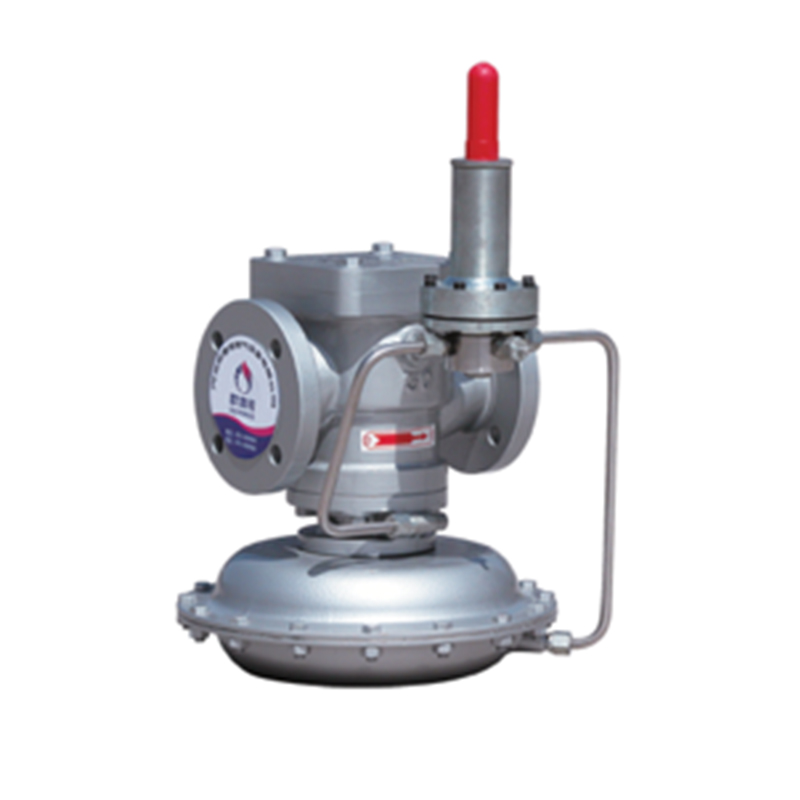
11 月 . 02, 2024 07:35
Back to list
natural gas pressure reducing station
Understanding Natural Gas Pressure Reducing Stations
Natural gas has become an essential energy source in our daily lives, powering everything from home heating to industrial processes. However, to ensure safe and efficient delivery, the gas must be delivered at a pressure that is suitable for these applications. This is where natural gas pressure reducing stations come into play. These stations are crucial components of the natural gas distribution system, managing the pressure of the gas as it travels from high-pressure transmission pipelines to lower-pressure distribution lines.
The Role of Pressure Reducing Stations
Natural gas is transported through extensive networks of pipelines at high pressures, often ranging from 300 to 1,200 psi. However, commercial and residential users require the gas at much lower pressures, typically between 4 to 60 psi. Pressure reducing stations effectively bridge this gap, ensuring that the gas pressure is reduced to appropriate levels before it enters local distribution systems.
The primary function of these stations is to regulate the pressure of natural gas while maintaining a constant flow. This process prevents the possibility of excess pressure damaging pipelines, appliances, or even posing safety risks to consumers. By maintaining optimal pressure ranges, pressure reducing stations enhance the reliability and safety of the entire gas distribution system.
Components of a Pressure Reducing Station
A typical natural gas pressure reducing station consists of several key components, including
1. Inlet and Outlet Valves These valves control the flow of gas into and out of the station. They are equipped with safety features to prevent leaks and ensure a secure operation.
2. Pressure Regulators The heart of the station, pressure regulators automatically adjust the pressure of the incoming gas to the desired outlet pressure. These devices utilize mechanical or electronic means to sense changes in pressure and respond accordingly.
natural gas pressure reducing station

3. Strainers and Filters To ensure the quality of gas entering the system, strainers and filters are employed to remove impurities and debris. This is crucial for protecting downstream equipment.
4. Bypass Lines These lines allow gas to bypass the pressure regulator during maintenance or in the event of a failure, ensuring continuous gas flow to consumers.
5. Pressure Monitoring Devices Instruments such as pressure gauges and flow meters provide real-time data on the pressure levels within the station, allowing operators to monitor performance and make adjustments as necessary.
Safety and Maintenance
Safety is a paramount consideration in the operation of pressure reducing stations. Regular inspections and maintenance are essential to ensure all components function correctly. Operators must be vigilant for signs of wear and tear, leaks, or any anomalies in pressure readings.
Moreover, stringent regulations govern the operation of natural gas infrastructure, including pressure reducing stations. Compliance with these standards is critical to ensuring not only the safe operation of the stations but also the protection of the environment and public health.
Conclusion
Natural gas pressure reducing stations play a vital role in the distribution of natural gas, ensuring that it reaches consumers safely and efficiently. By regulating pressure levels, these stations help maintain the integrity of gas supply systems and protect users from potential hazards. As the demand for natural gas continues to grow, understanding the importance and functionality of these pressure reducing stations becomes increasingly essential in the energy landscape.
Next:
Latest news
-
Unlocking The Quality Gas Pressure ReducersNewsNov.01,2024
-
The Role of Gas Pressure Reducing StationsNewsNov.01,2024
-
The Importance and Functionality of Safety Relief ValvesNewsNov.01,2024
-
The Essential Role of Safety Valves in Natural Gas ApplicationsNewsNov.01,2024
-
The Essential Role of Gas Pressure RegulatorsNewsNov.01,2024
-
Enhance Your Premium Gas FiltersNewsNov.01,2024

